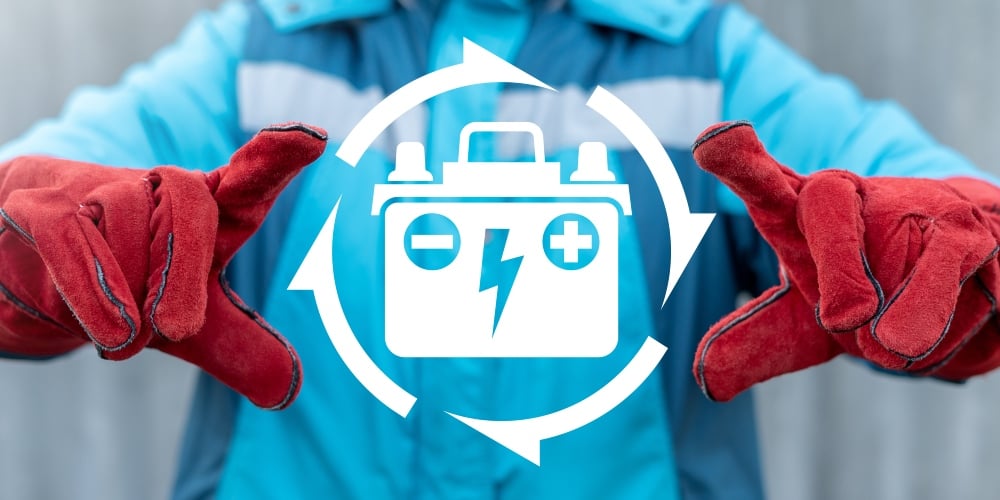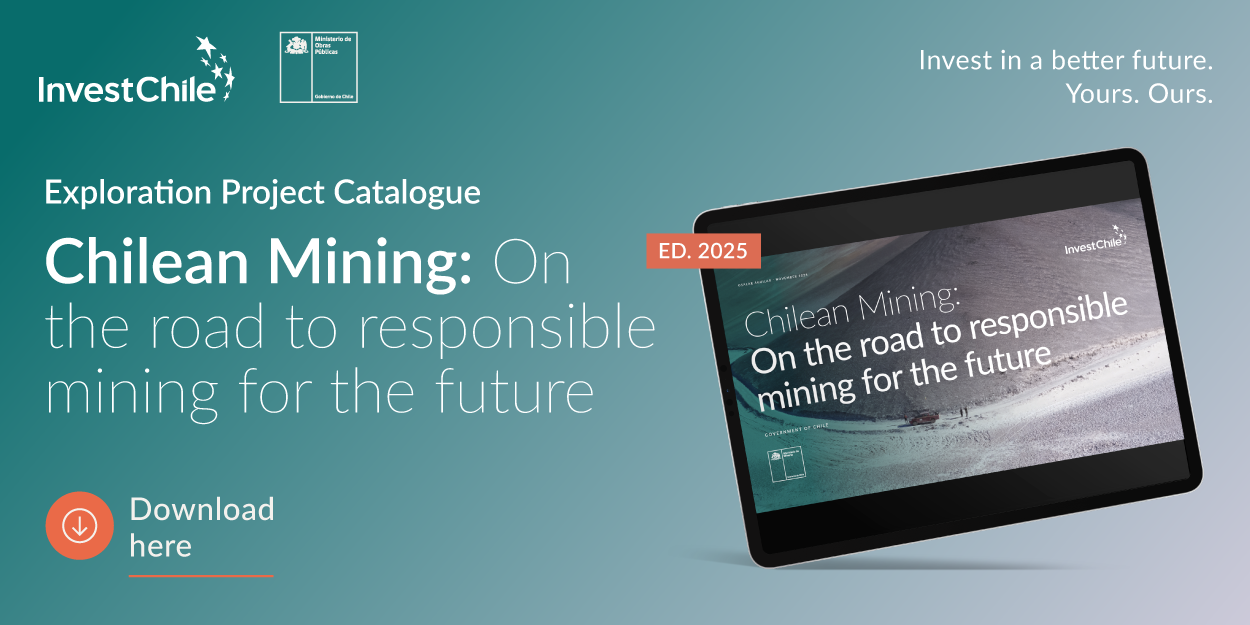Treasury Minister Mario Marcel assured that it is necessary to increase production so that it remains profitable and attractive to manufacture lithium batteries.

For a global lithium industry still reeling from excesses in the battery supply chain, the biggest long-term risk is producing too little metal rather than too much, according to the world’s second-largest producer, Chile.
More threatening than oversupply in the coming years is the risk of new shortages, which would drive up prices and make alternative battery technologies more viable, the South American nation’s treasury minister said.
“It is necessary to increase production so that it remains profitable and attractive to manufacture lithium batteries for electromobility,” Mario Marcel said in an interview Thursday from his office in Santiago.
Chile intends to do its part to ensure that this does not happen. The government released a list of salt flats that will open to mining as part of a plan to double production over the next decade under a new public-private model.
If Chile can achieve this, the electric vehicle supply chain would encourage a flood of new supply as demand grows away from fossil fuels. Lithium remains a very volatile and still immature market. Prices rose through the end of 2022 as battery makers stocked up amid accelerating electric vehicle sales, before plunging last year as buyers depleted inventories.
Two-thirds of the additional production outside Chile would come from SQM’s planned partnership with the state-owned copper company, CODELCO, and the other third from new projects, Marcel said. The goal does not include proposed expansions in Albemarle Corp. operations.
The strategy
President Gabriel Boric’s plan to tap more of the world’s largest reserves -ending years of losing market share due to strict production quotas- falls into three categories.
Two salt flats are considered strategic, meaning that future contracts will be controlled by the State. In two others, state-owned companies will have the flexibility to negotiate conditions with private partners. In a third process, contracts will be tendered for up to 26 other areas.
The government expects three or four new projects to be under development by 2026, including the CODELCO-led Maricunga venture, another area currently under the domain of a state-owned company and a pair of private operations, Marcel said. Another mine in the giant Salar de Atacama “would be difficult” given the water limits, he stated.
Source: Bloomberg Línea



%2017.11.51.png)

